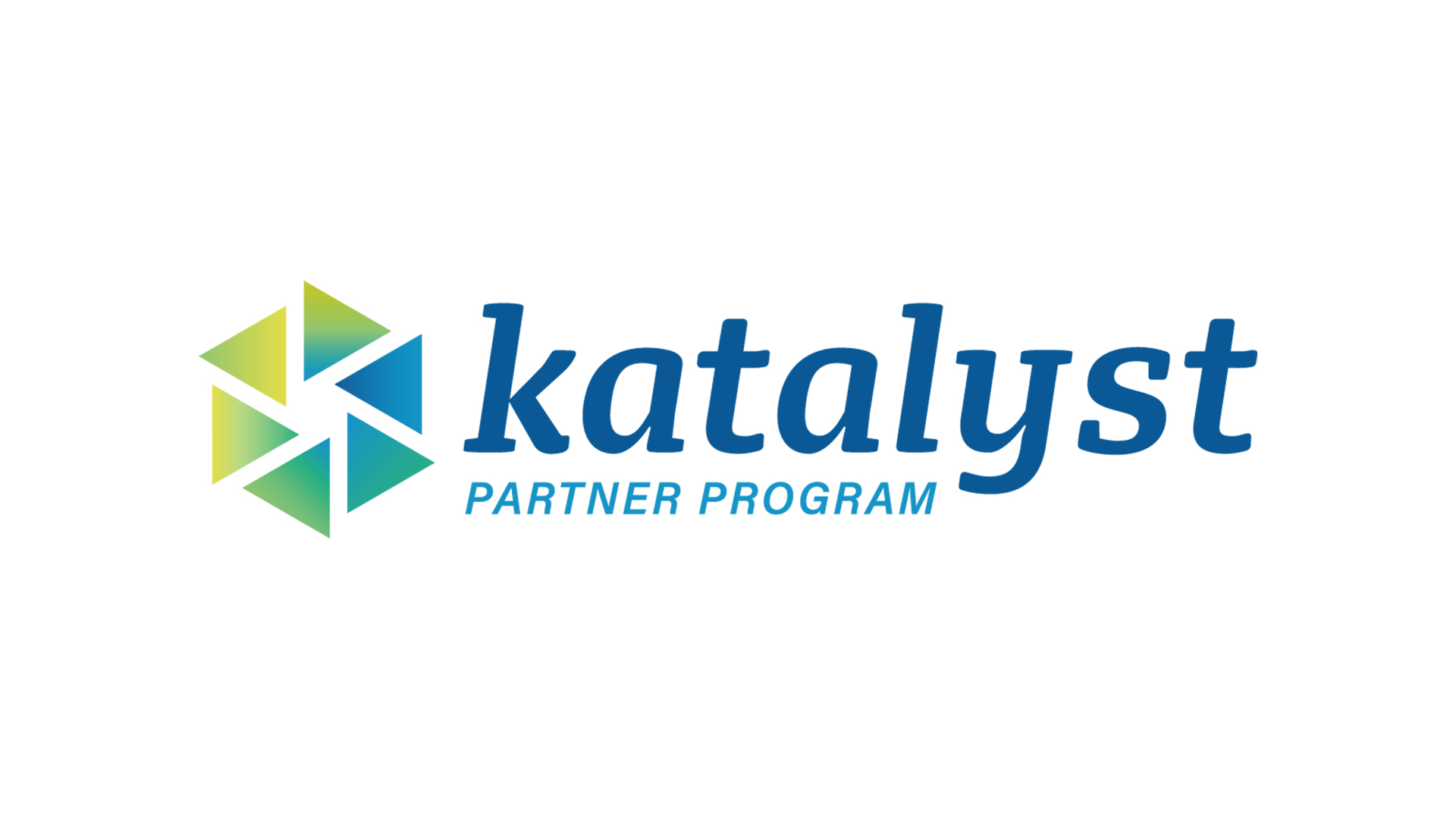How to make sales as the cost of COVID-19 deepens
Pundits predict a return to cost-cutting for CIOs as the pandemic wanes: Here's how channel partners can tailor their approach to suit

Life might get tougher in the channel as decision-makers across businesses prioritise cost control once again. Indeed, research from GlobalData suggests IT projects could be axed through 2020 and even well into 2021. In order to survive, sales need to be made, but this will be difficult if nobody’s buying.
Yet hope remains. The likes of aviation and hospitality might be hard-hit, but opportunities exist, with some firms potentially looking to invest to get a jump on rivals.
Tony Lock, distinguished analyst at Freeform Dynamics, points out that cost control often means actually investing in IT, and some companies will be playing digital catch-up to take care of what he calls "technical, cultural and customer debts".
"People can put up with some things for a while but not forever. Businesses will need to invest to ensure [staff] can work effectively and efficiently, because things have changed dramatically," Lock explains. "I suspect businesses are going to look at automating more: They'll have to increase the amount of IT that people use, including getting more from business data and information."
This won't all happen in the cloud. Some implementations will be off-prem, even though cloud will yet expand, across hosted, managed services and in areas from salesforce automation to service management. And even the largest providers will need the channel for that, partly because many solutions can still be complicated to run.
Lock says the easiest next-quarter sales will likely be around remote working. For instance, some remote teams are still using their own old PCs or spare office laptops. Yet health and safety will still apply – companies might need more ergonomic chairs, mice and so on. Although some staff will return to the office, larger shares will work flexibly than pre-pandemic. There's a role there for flexible financing schemes or managed services wrap-arounds too.
"I know some of that has begun already," Lock says. "And the channel actually knows the customers and what they need. Even if it's only break-fix, you can add things in: Security, devices, automation and so on. Look at information stored, maybe in backup tapes or Tier 2 or 3 storage, to make real-time business decisions."
ChannelPro Newsletter
Stay up to date with the latest Channel industry news and analysis with our twice-weekly newsletter
All that said, the biggest challenges will be around people and culture: Reducing inertia in middle management, devolving responsibilities (ensuring continuity across flexible staff schedules) and ensuring customers understand the business cases presented.
Robin Ody, senior analyst at Canalys, disputes the notion of cost reduction as the overriding issue – despite short-term economic shock, which is the first thing that businesspeople typically look at to understand their survivability. While cost will be scrutinised, whether cost reduction takes priority will depend on individual customer circumstances.
Is the business a highly leveraged SMB in expansion mode? Or is it a larger firm that's been hoarding cash, pending acquisitions? The latter might change tack to make that cash work as much as possible for them, and may well look at investments and innovation.
"CIOs will have to understand how they can leverage financing but also whether to use partner or vendor financing terms with their IT investment," Ody explains. "Certain IT infrastructure vendors will buy back infrastructure investments up to so many thousand dollars and then resell that as a service – for example HPE Greenlake. Others have looked at providing financing bundling hardware, software and services into a monthly package."
Such a move won't suit every partner, especially if the vendor doesn't want to take on the risk of monthly payments that might have been capex: They'll want to resell debt if they can. On the other hand, partners might shift investment around, say from one part of the network to another, rather than adding something on. However, Ody warns that partners are coming under more scrutiny of their debts in relation to their customer.
"Also, partner value is in knowing where all the different deals are and what the vendors are doing, which requires the vendor to communicate those deals and those financing possibilities, so CIOs have that information to hand," he says.
"As the high tide of money drops away, the things that are still left clinging to the rocks are things like security, virtual desktop infrastructure (VDI), pretty much all the as-a-service or monthly recurring revenue investments, and software. And it would be a very bad idea not to invest in cybersecurity, because of the growth in sophistication of general cyberattack or attempted attack, exploiting many different areas of an organisation."
Sometimes the solution might be to offer training, or a move rather than an add, for instance migration to a local datacentre.
Ody emphasises that the companies that get ahead in future will be those that continue to innovate and grow. This means they'll need to manage much more fragmented, distributed networks, keeping the costs down in increasingly hybridised, remote-working environments with mismatched platforms.
As Deloitte's post-COVID business report notes, customers will need to mitigate spend yet add to their balance sheets and bottom line. Businesses will need to curate their portfolios while accelerating tech and data use that helps them evolve into "insight driven" organisations. Three key strands are supply chain, customer engagement and continuity – areas where the channel is well placed to assist.
Fleur Doidge is a journalist with more than twenty years of experience, mainly writing features and news for B2B technology or business magazines and websites. She writes on a shifting assortment of topics, including the IT reseller channel, manufacturing, datacentre, cloud computing and communications. You can follow Fleur on Twitter.
-
 CyberOne appoints Microsoft’s Tracey Pretorius to its advisory board
CyberOne appoints Microsoft’s Tracey Pretorius to its advisory boardNews The threat intelligence leader will provide strategic guidance to CyberOne’s executive team
By Daniel Todd
-
 CISA issues warning in wake of Oracle cloud credentials leak
CISA issues warning in wake of Oracle cloud credentials leakNews The security agency has published guidance for enterprises at risk
By Ross Kelly
-
 Cisco names Oliver Tuszik as global sales chief
Cisco names Oliver Tuszik as global sales chiefNews Cisco has announced the appointment of Oliver Tuszik as its new executive vice president of global sales, who replaces Gary Steele.
By Daniel Todd
-
 Katun targets accelerated growth, greater collaboration with new partner portal
Katun targets accelerated growth, greater collaboration with new partner portalNews Printing and imaging specialist Katun has announced the launch of its new Katalyst Partner Portal, designed specifically to drive channel collaboration.
By Daniel Todd
-
 ‘Here in the European market, I think we are in a good position’: DocuWare CEO Dr Michael Berger on the company’s rapid growth
‘Here in the European market, I think we are in a good position’: DocuWare CEO Dr Michael Berger on the company’s rapid growthNews ChannelPro sat down with DocuWare CEO Michael Berger to discuss the company's rapid growth and channel strategy.
By Bobby Hellard
-
 Group-IB launches partner program as channel-first strategy kicks off in Europe
Group-IB launches partner program as channel-first strategy kicks off in EuropeNews The vendor said the initiative reflects its commitment to building a resilient cyber security ecosystem across Europe
By Daniel Todd
-
 Datatonic eyes fresh growth drive with new CEO appointment
Datatonic eyes fresh growth drive with new CEO appointmentNews Datatonic has announced the appointment of Scott Eivers as its new CEO as the enterprise data and AI solutions provider looks to its next phase of growth.
By Daniel Todd
-
 Marketing talent brain drain could stunt channel partner success
Marketing talent brain drain could stunt channel partner successNews Valuable partner marketing skills are at risk of being lost as the structure of channel marketing teams continues to shift, according to new research.
By Daniel Todd
-
 LevelBlue launches new partner program that’s “built for the future”
LevelBlue launches new partner program that’s “built for the future”News The new partner initiative features a flexible, consumption-based model to help partners drive revenue
By Daniel Todd
-
 SonicWall pins ‘transformational year’ on strong partner growth
SonicWall pins ‘transformational year’ on strong partner growthNews The vendor’s channel-first strategy has fueled a 42% year-over-year increase in overall partner growth
By Daniel Todd